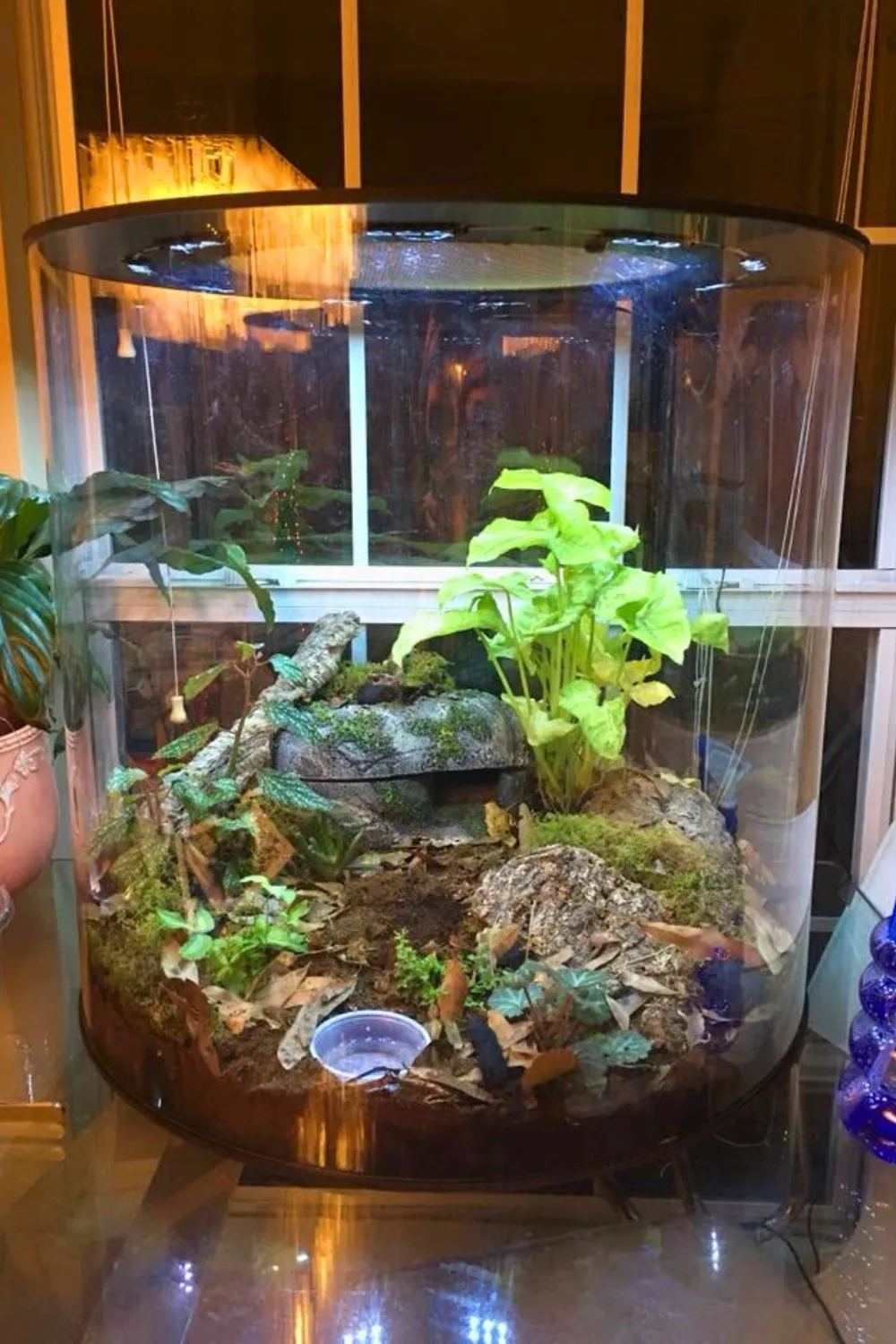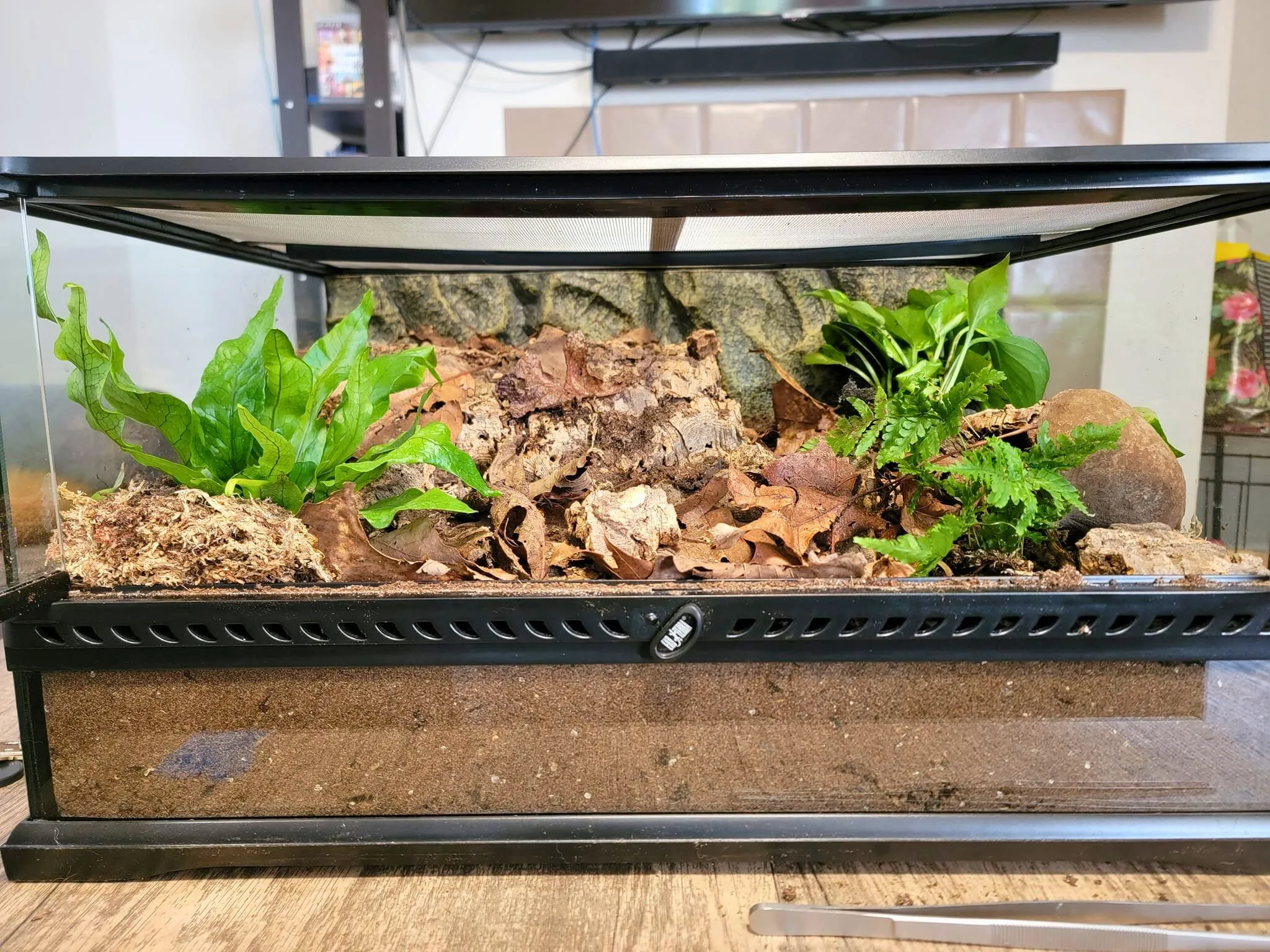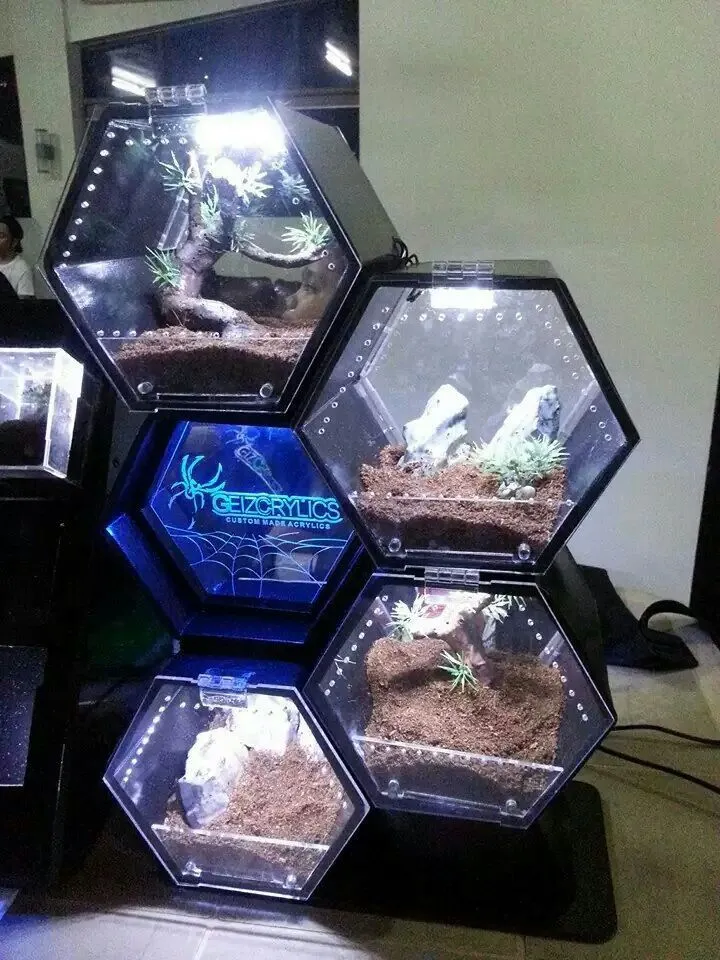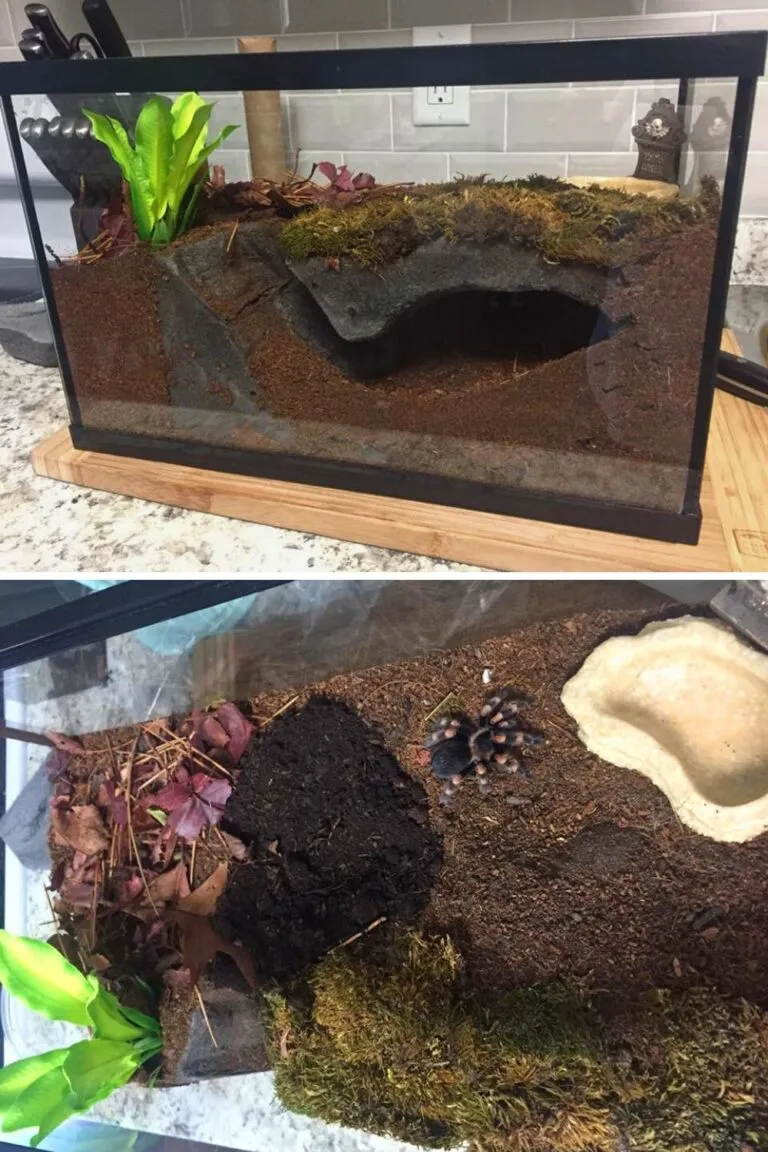Why Misting Tarantula Enclosures is Essential
Misting a tarantula enclosure is a crucial aspect of tarantula care, directly impacting the health and well-being of your arachnid companion. Tarantulas, native to diverse habitats, require specific humidity levels to thrive. Misting helps to replicate these natural conditions, preventing dehydration, aiding in successful molting, and promoting overall vitality. Without proper humidity, tarantulas can experience various health issues, making misting a fundamental practice for responsible tarantula ownership. This guide provides comprehensive information on how to effectively mist your tarantula’s enclosure to ensure a healthy and happy spider.
Understanding Your Tarantula’s Needs
Each tarantula species has unique environmental needs, especially concerning humidity. Understanding the specific requirements of your tarantula is paramount. Researching the species’ natural habitat will provide insights into the ideal humidity range. Factors such as the tarantula’s origin (tropical, subtropical, or arid) greatly influence its humidity needs. Improper humidity levels can lead to problems with molting, where the tarantula may struggle to shed its exoskeleton, or desiccation, where the spider becomes dehydrated. Therefore, knowing your tarantula’s specific requirements is the first step in establishing a proper misting routine and ensuring the best possible care.
Humidity Requirements by Species

Different tarantula species have diverse humidity needs. Tropical species, such as the Costa Rican Zebra Knee, generally require higher humidity levels (70-80%) to mimic their rainforest environment. Subtropical species, like the Chilean Rose Hair, thrive in moderate humidity (60-70%), while arid species, such as the desert tarantula, need lower humidity levels (40-50%). Providing the right humidity level is essential for their health and longevity. Always research the specific humidity requirements of your tarantula species before setting up its enclosure. Using tools like a hygrometer is crucial to maintain the correct conditions.
Optimal Humidity Levels
Maintaining optimal humidity is key to your tarantula’s well-being. The ideal humidity level depends on the species. For example, tropical species need higher humidity to facilitate molting, whereas arid species require lower humidity to prevent fungal growth and other issues. Misting helps to achieve and maintain these levels, but it is equally important to provide a water dish for drinking and to allow for proper ventilation to prevent excessive moisture buildup. Overly humid conditions can lead to mold and bacterial growth, while under-humid conditions can cause dehydration and molting problems. Regular monitoring and adjustments are essential.
Monitoring Humidity Levels
Accurate monitoring is critical for successful tarantula care. Regularly checking the humidity levels ensures that the enclosure remains within the required range for your tarantula species. This involves using a reliable hygrometer, which measures the relative humidity inside the enclosure. Observing the substrate’s moisture content also helps gauge humidity levels. If the substrate is consistently dry or excessively wet, adjustments to the misting schedule or enclosure setup may be necessary. Proper monitoring is a proactive approach to ensure that your tarantula receives the correct humidity and to prevent potential health issues.
Using a Hygrometer

A hygrometer is an indispensable tool for tarantula keepers. It provides precise readings of the humidity levels within the enclosure. Place the hygrometer in a central location within the enclosure to get an accurate reading. Many hygrometers come as digital or analog, with digital options often providing more accurate readings and displaying both humidity and temperature. Regularly compare the readings with the recommended humidity range for your tarantula’s species. Record your observations, enabling you to recognize any trends and adjust the misting schedule accordingly. Regularly calibrate the hygrometer to ensure its accuracy. Using a hygrometer is essential for providing a healthy environment.
Types of Enclosures and Misting Methods
The type of enclosure you use influences how you mist. The material of the enclosure, whether it’s glass or acrylic, affects humidity retention. Ventilation also plays a key role. Different enclosures require slightly different misting approaches to achieve the desired humidity levels effectively. Some enclosures may retain humidity better than others, and the misting frequency might need to be adjusted accordingly. The goal is always to create a microclimate that mimics the tarantula’s natural environment, and the choice of enclosure and misting methods are key factors in achieving this.
Glass Enclosures
Glass enclosures are popular due to their transparency and ease of cleaning. They generally retain humidity well, as glass is not porous. Misting a glass enclosure often involves spraying the sides and top, allowing the water droplets to condense and release moisture gradually. Ventilation is crucial in glass enclosures to prevent the buildup of excess humidity and potential mold growth. Ensure there are adequate ventilation holes or a mesh top to promote airflow. The misting frequency in a glass enclosure might be less than in acrylic, as glass retains moisture better. Monitor the humidity levels closely with a hygrometer.
Acrylic Enclosures

Acrylic enclosures are lightweight, durable, and offer excellent visibility. Acrylic can retain humidity well, although some types may be more porous than glass. Misting in acrylic enclosures usually involves the same method as glass enclosures—spraying the sides and top of the enclosure. Like glass, acrylic enclosures need proper ventilation to avoid excess moisture. A misting frequency will depend on your specific environment and your tarantula’s needs. Watch the humidity levels and adjust your misting schedule accordingly. Regular cleaning of acrylic enclosures is also essential to maintain hygiene and prevent the buildup of any contaminants.
Misting Equipment and Tools
Having the right tools makes misting easier and more effective. A proper sprayer, water quality, and a suitable enclosure setup are all vital. Choosing the right equipment will help maintain the correct humidity levels in your tarantula’s enclosure. Consider the size and type of your enclosure when selecting equipment to ensure ease of use and accuracy. This section will review essential tools and equipment needed for successful misting and, ultimately, a thriving tarantula.
Choosing the Right Sprayer
Selecting a good sprayer is essential. Choose a sprayer that produces a fine mist rather than a jet, as this will prevent waterlogging the substrate. Look for sprayers with adjustable nozzles to control the mist’s volume and direction. A fine mist will help increase humidity without saturating the enclosure. Avoid using sprayers that have been used with chemicals or cleaning agents, as these can harm your tarantula. Before using a new sprayer, test it with clean water to ensure it delivers the correct mist. For larger enclosures, consider a pump sprayer to reduce fatigue.
Water Quality for Misting

The water you use for misting plays a crucial role in maintaining a healthy environment. Use dechlorinated water or bottled water to avoid introducing harmful chemicals like chlorine, which can irritate your tarantula. Tap water may contain minerals that can build up over time and affect the enclosure’s humidity. Always use water that is safe for consumption. If you have a reverse osmosis system, that water is ideal. Avoid using distilled water. It lacks essential minerals. Using the correct water is important for your tarantula’s health.
Misting Frequency and Timing
The frequency and timing of misting are essential for creating an optimal environment. Factors such as your tarantula’s species, the type of enclosure, and the ambient humidity levels should inform your misting schedule. Over-misting can lead to mold and other problems, while under-misting can cause dehydration. Understanding the appropriate timing and frequency will ensure a healthy habitat for your tarantula. This section will explore the ideal misting schedules and the best times to mist your tarantula’s enclosure.
How Often to Mist
The frequency of misting will depend on the species, the enclosure, and environmental conditions. Tropical species may need misting daily or every other day, while arid species may only need misting once or twice a week. Monitor the substrate and enclosure sides for moisture. When the substrate appears dry or the humidity levels drop, it is time to mist again. Regular monitoring with a hygrometer will guide you in determining the correct misting schedule for your tarantula. Make adjustments as needed, and always prioritize your tarantula’s needs.
Best Time of Day to Mist

Misting in the morning is often a good practice. This allows the enclosure to dry slightly during the day, reducing the risk of mold and mildew. Mimicking the natural environment can be another approach, as humidity often increases at night in many tarantula habitats. Observe your tarantula’s behavior and adjust the timing as necessary. Consistent misting at the same time each day can help establish a routine and provide a more stable environment. Avoid misting directly on your tarantula, and focus on misting the enclosure’s sides and substrate.
Potential Issues and Solutions
While misting is essential, problems can arise if not done correctly. Both over-misting and under-misting can cause issues, affecting your tarantula’s health and well-being. This section covers potential problems and provides solutions to maintain a healthy environment. Being aware of these issues will help you create an optimal habitat.
Over-Misting Dangers
Over-misting can lead to several issues, the most common being mold and fungal growth. High humidity and constant moisture create an ideal breeding ground for these harmful organisms. Over-misting can also lead to bacterial infections and create an unhealthy environment. Watch for condensation on the enclosure sides. If it persists throughout the day, reduce the misting frequency or increase ventilation. Ensure the substrate does not remain saturated for prolonged periods. Providing a dry area within the enclosure can help minimize the effects of over-misting. Monitor your tarantula’s activity and health closely.
Under-Misting Effects

Under-misting can cause dehydration and impede molting. Tarantulas need sufficient humidity to molt successfully. Without enough moisture, the exoskeleton can become too hard, making it difficult for the tarantula to shed. Dehydration can lead to lethargy and, in severe cases, death. If the substrate consistently appears dry and the humidity is low, increase the misting frequency. Provide a water dish and monitor your tarantula’s behavior for signs of dehydration, such as lethargy or difficulty moving. Addressing under-misting promptly will help ensure a healthy environment and the tarantula’s well-being.
Maintaining a Healthy Enclosure
Beyond misting, several factors contribute to a healthy enclosure. The choice of substrate, the ventilation within the enclosure, and maintaining cleanliness are crucial. Creating a balanced environment involves addressing all of these elements. A healthy enclosure provides not only the correct humidity but also the appropriate environmental conditions for your tarantula to thrive.
Substrate Choices and Their Impact
The substrate plays a vital role in regulating humidity. Substrates like coconut fiber and peat moss retain moisture well, helping maintain humidity levels. Choosing the right substrate is essential. The substrate should be appropriate for your tarantula’s species. Some substrates, like paper towels, may not retain moisture well, making humidity control more challenging. When misting, the substrate should be moist but not waterlogged. Select the substrate carefully and consider its ability to retain moisture when planning your misting routine.
Ventilation Importance

Proper ventilation is crucial for tarantula health. It helps prevent mold and mildew growth, which can be detrimental. Adequate airflow also reduces the risk of excessive humidity, which can be just as harmful as too little humidity. Most enclosures have ventilation holes, often located on the sides or top. Ensure these openings are not blocked and that there is sufficient airflow throughout the enclosure. Consider increasing ventilation if you observe excessive condensation or mold. Proper ventilation, combined with appropriate misting, creates an optimal environment.
The Importance of a Clean Enclosure
Regular cleaning is crucial for maintaining a healthy environment. Remove uneaten food, molted exoskeletons, and any other waste to prevent mold and bacteria buildup. Clean the enclosure regularly to remove any contaminants. Spot-clean the enclosure as needed. This should be done immediately if there is any waste. A clean enclosure contributes significantly to the overall health and well-being of your tarantula. Always use appropriate cleaning agents that are safe for the species and rinse the enclosure thoroughly before returning your tarantula.
Final Thoughts on Misting
Misting is a fundamental aspect of tarantula care, requiring knowledge, observation, and diligence. Understanding your tarantula’s species, the enclosure, and the environmental conditions are key to success. By following the guidelines in this guide, you can create a thriving environment for your tarantula. Remember to monitor humidity levels, provide adequate ventilation, and maintain a clean enclosure. With careful attention to these details, you can enjoy a long and rewarding experience with your arachnid companion.
Summary of Key Points
To recap, successful misting relies on a combination of factors. Understand your tarantula’s species-specific humidity requirements. Use a hygrometer to monitor humidity levels. Choose the appropriate misting equipment and water. Mist at the correct frequency and time, and maintain a clean and well-ventilated enclosure. By following these key points, you can ensure your tarantula thrives. Consistent monitoring and adjustment are the keys to providing an optimal living environment. Happy tarantula keeping!
